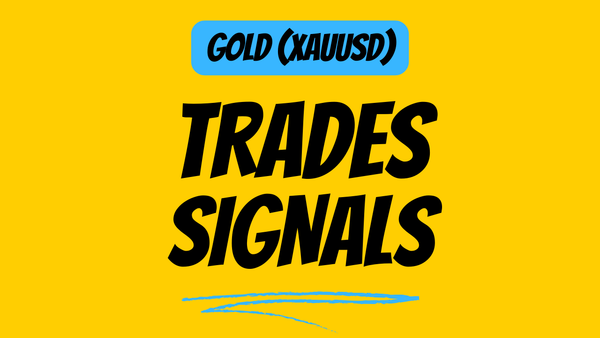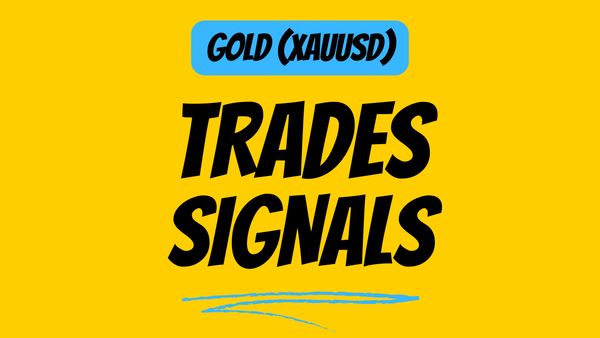Chapter 4: Mastering Risk Management and Trading Techniques

Successful trading goes beyond analyzing markets and executing trades. It requires robust risk management techniques to protect capital and maximize long-term profitability. In this blog post, we will delve into essential risk management strategies and trading techniques that every trader should master. Let's explore!
Setting Realistic Trading Goals
Setting clear and realistic trading goals is crucial for long-term success. Here's what you need to consider:
1) Define Specific Goals
Clearly define what you aim to achieve through trading, such as consistent monthly profits, capital preservation, or long-term wealth accumulation.
2) Make Goals Measurable
Set measurable targets, such as a certain percentage return on investment or a specific number of winning trades per month.
3) Ensure Goals are Attainable
Be realistic about your capabilities and resources when setting goals. Setting unattainable goals can lead to frustration and poor decision-making.
4) Relevant and Time-Bound Goals
Align your goals with your trading style and time horizon. Set deadlines to track progress and evaluate performance regularly.
Setting realistic goals helps you stay focused, motivated, and accountable throughout your trading journey.
Personally, my goals are to achieve good monthly profits and grow my capital to $100,000 within 2-3 years of trading. I will manually adding funds into my trading account while compounding 50% to 80% of my profit to grow my account gradually.
Aligning Expectations with Market Realities
Aligning your expectations with the realities of the market is crucial for maintaining a balanced mindset. Consider the following:
1) Acknowledge Risks
Understand that trading involves risks, and losses are an inevitable part of the process. Accepting this reality will help you manage emotions and avoid irrational decision-making. Essentially be 100% ok with losing your money in every trade.
2) Avoid Overconfidence
Be wary of overconfidence, as it can lead to excessive risk-taking. Remember that markets can be unpredictable, and past success does not guarantee future profits. Always stick with a standard risk percentage per trade, do not increase your trading risk after a winning streak! Stay consistent and stay humble, money will come eventually.
3) Embrace Continuous Learning
Markets evolve, and so should your knowledge and skills. Stay updated with market trends, study new trading strategies, and adapt to changing market conditions. Avoid getting stuck in the Cycle Of Doom, find the best strategy that suits your lifestyle.
Risk-Reward Ratio
Understanding and assessing the risk-reward ratio is crucial for managing trades effectively. Consider the following:
1) Risk Assessment
Before entering a trade, evaluate the potential risk involved. Identify the potential loss if the trade goes against you and determine an acceptable level of risk based on your risk tolerance. Again, make sure you are perfectly fine with losing 100% of your capital or a series losing streak.
2) Reward Evaluation
Assess the potential reward by identifying price targets or profit levels based on technical or fundamental analysis. Determine whether the potential reward justifies the risk taken.
4) Favourable Risk-Reward Ratio
Aim for trades with a favourable risk-reward ratio, where the potential reward outweighs the potential risk. A higher risk-reward ratio increases the probability of long-term profitability. Typically, we should aim for at least a 1:1 or higher risk-to-reward ratio. My strategy uses 1:1.65 or higher so that 2 winning trades can cover 3 losing trades.
Risk Management Techniques
Implementing effective risk management techniques is crucial for preserving capital and protecting against significant losses. Consider the following strategies:
1) Position Sizing
Determine the appropriate position size for each trade based on your risk tolerance and account size. Avoid risking a significant portion of your capital on a single trade. I am strongly recommending 1% - 2% of your capital per trade, this essentially allows you to have more trades, more opportunity to recover your losses and more room for growth.
2) Stop-Loss Orders
Implementing stop-loss orders is a crucial risk management tool that helps protect against significant losses. Consider the following:
- Setting Effective Stop-Loss Levels: Determine appropriate stop-loss levels based on technical analysis, support and resistance levels, or your predetermined risk tolerance. This ensures that losses are limited to a predefined amount.
- Trailing Stop-Loss Orders: Utilize trailing stop-loss orders to protect profits as a trade moves in your favour. A trailing stop-loss adjusts automatically as the price moves, locking in profits while still allowing for potential upside.
Stop-loss orders help you manage risk, protect capital, and maintain discipline during trading. Personally, I do not like to use Trailing Stop Loss Order, as it has resulted in unfavourable trades in the past, eating my profits and triggering stop loss too early in a trade before going in profit.
Emotions and Discipline
Controlling emotions and maintaining discipline is vital for successful trading. Consider the following:
1) Emotional Awareness
Recognize common emotional biases that can impact decision-making, such as fear, greed, or impatience. Cultivate emotional awareness to make rational and objective trading decisions.
2) Stick to Your Trading Plan
Develop a well-defined trading plan and adhere to it. Avoid impulsive actions driven by emotions or market noise. Discipline is key to maintaining consistency and avoiding costly mistakes.
3) Regular Self-Assessment
Regularly assess your emotional state and trading performance. Identify patterns and tendencies that may affect your decision-making and make adjustments accordingly.
By managing emotions and maintaining discipline, you can make more rational and objective trading decisions, leading to improved long-term results.
My trading strategy uses a mechanical trading system that removes most of the ugly emotions in trading, with zero guesswork and minimal analysis required. In order to better stick trading plan, I would use google Sheets or blogs to journal my trading history from daily to weekly to monthly review. Constantly review my trading system and backtesting to optimise for the best trading outcome.
Endnote
Mastering risk management techniques and trading disciplines is essential for long-term success in trading. By setting realistic goals, aligning expectations, assessing risk-reward ratios, implementing effective risk management strategies, diversifying investments, utilizing stop-loss orders, and maintaining emotional control and discipline, traders can protect capital, manage risk, and increase their chances of consistent profitability. Remember, successful trading requires a combination of skill, knowledge, and discipline, and continuous learning and self-improvement are key to mastering these essential aspects of trading.
Interested to learn my unique mechanical strategy?
Don’t miss out on the chance to learn my unique and profitable trading strategy! 🚀 Subscribe to my blog now to gain exclusive access to the insights, tips, and techniques that can transform your trading game. Let’s take your profits to new heights together! Click the link now and let the journey begin. 📈💹 Subscribe today!




